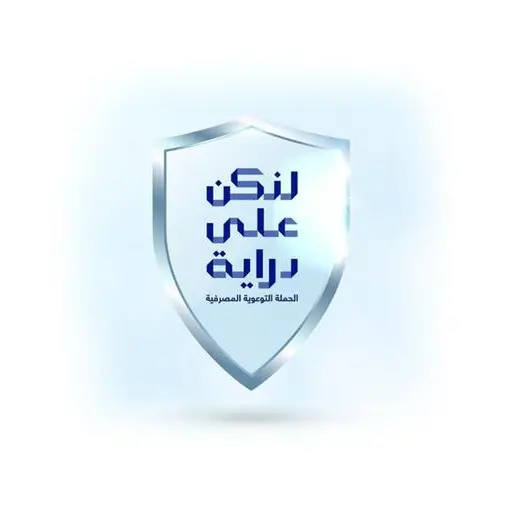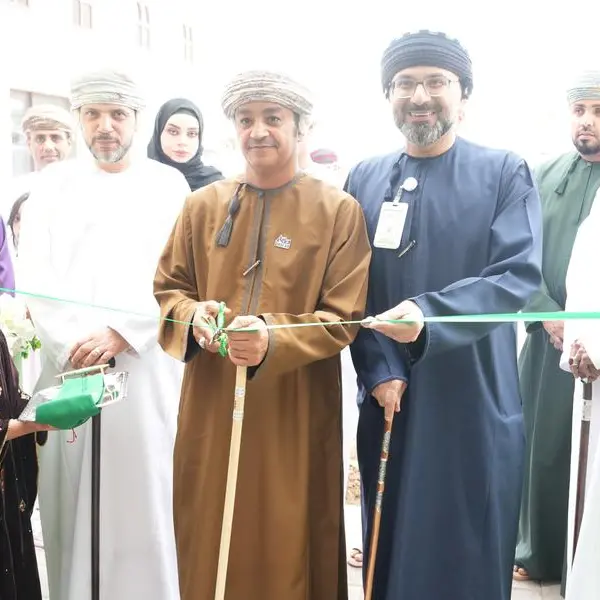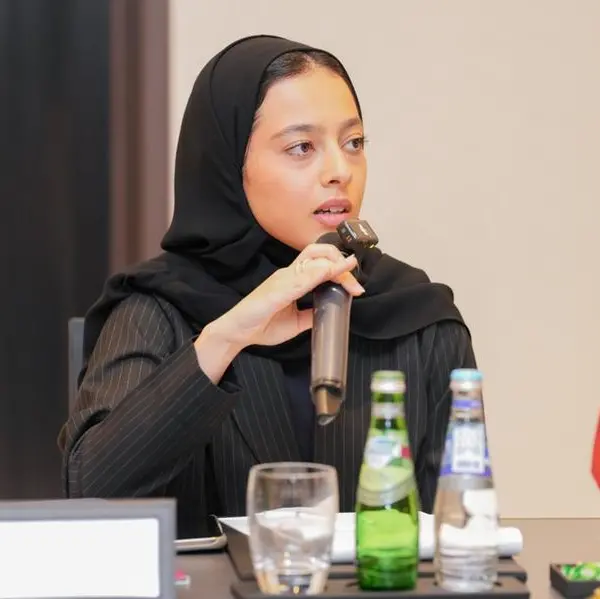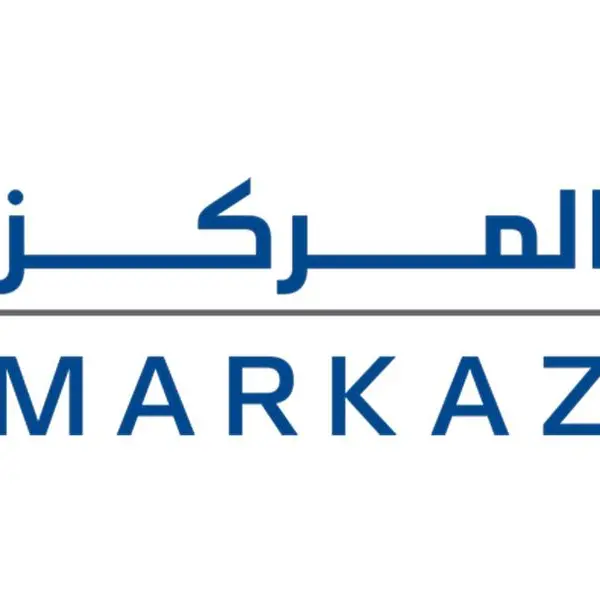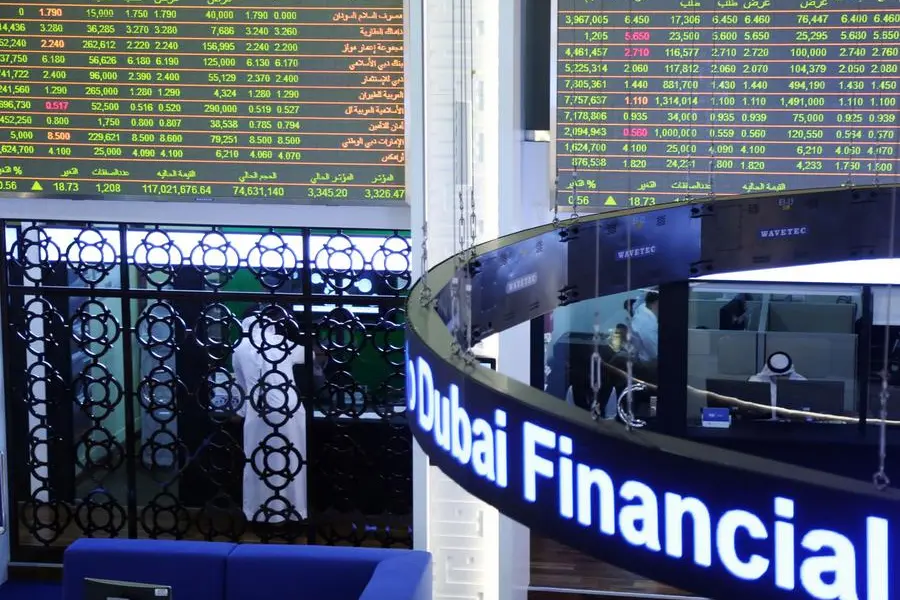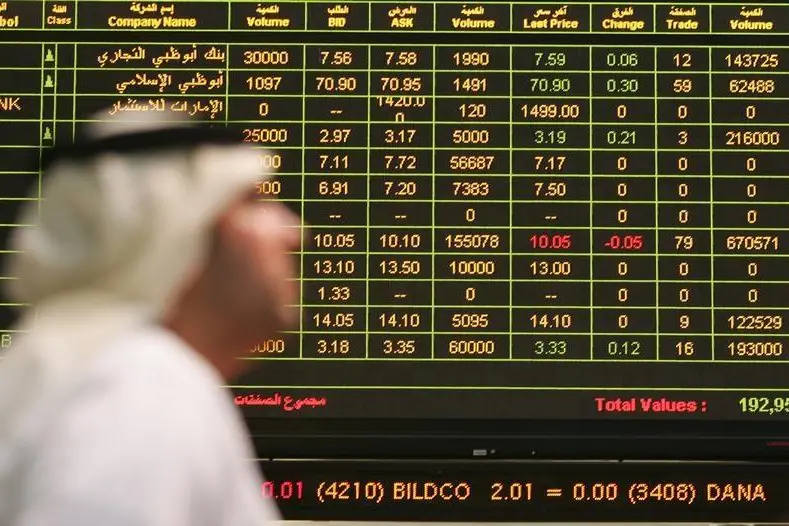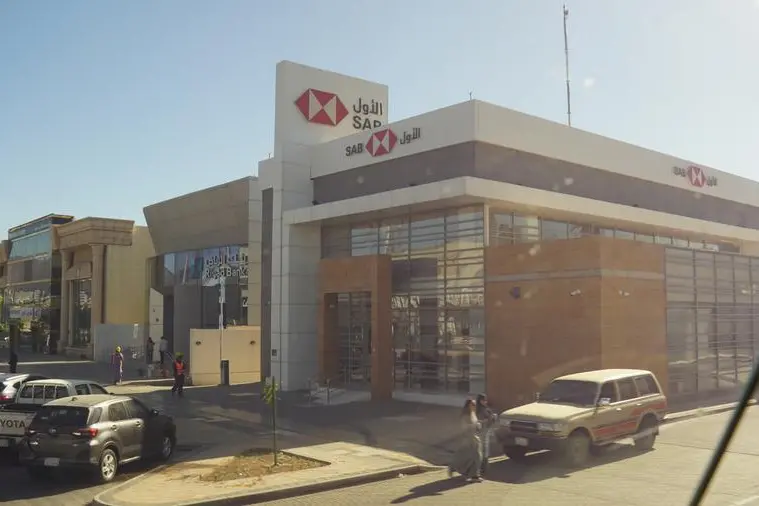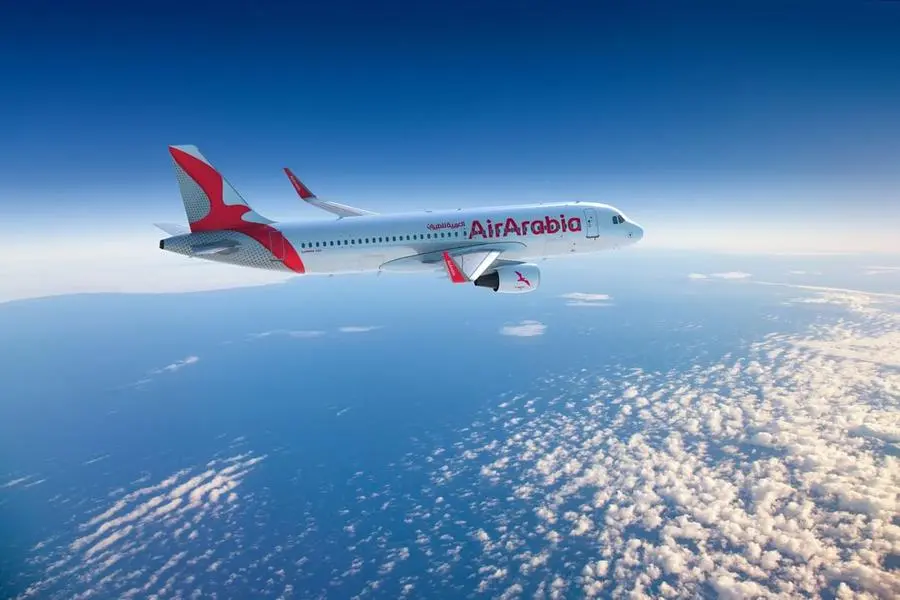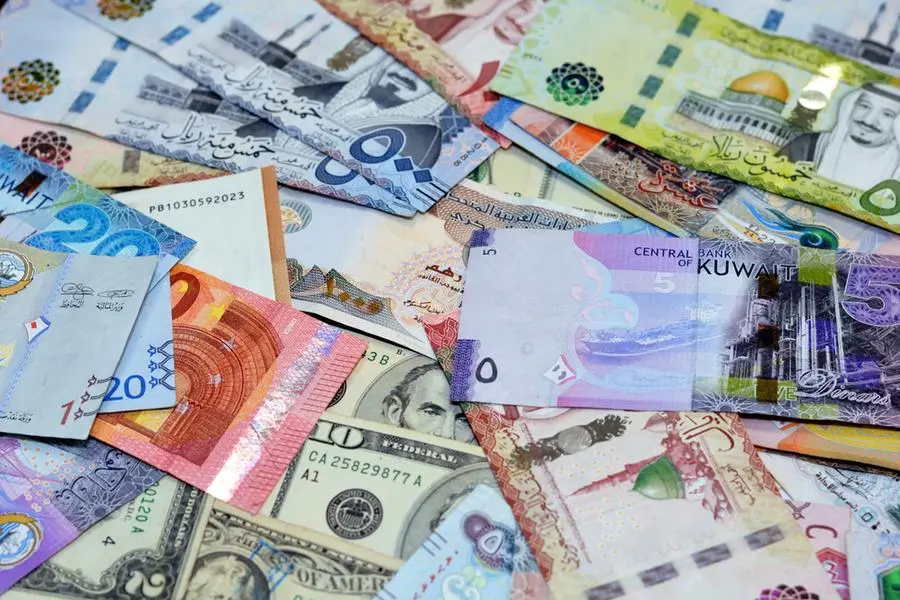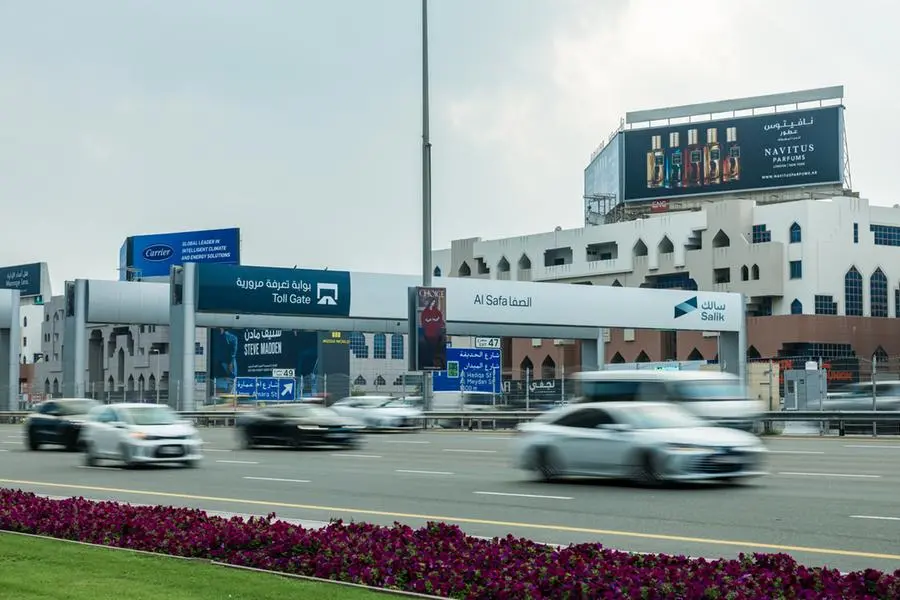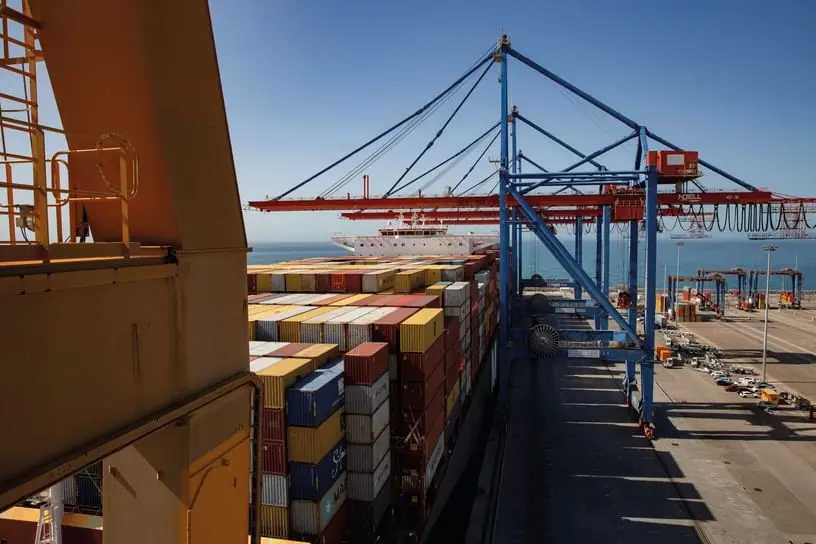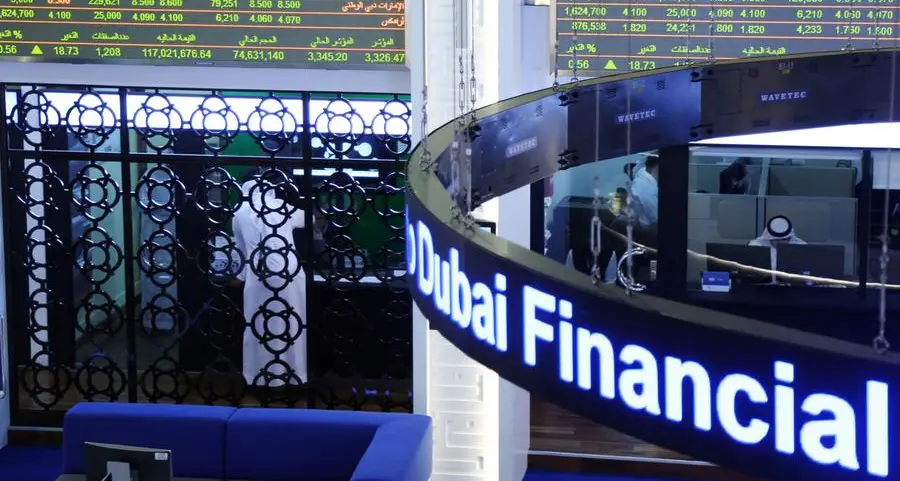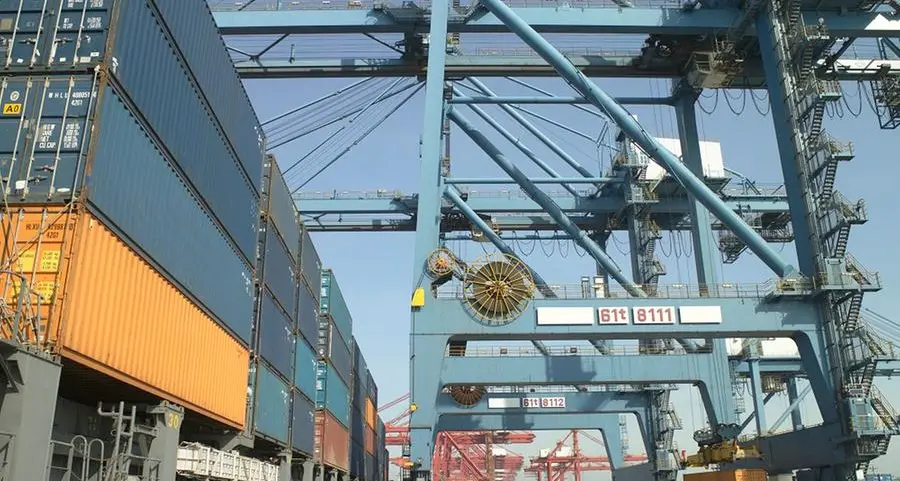Since 1983, with the establishment of a free trade zone, GCC countries have been in the process of integrating their economies. The final step in the integration process, a monetary union (MU), has been agreed to take place in 2010.
A monetary union would involve all GCC members adopting a single currency vis-à-vis world currencies, adopting common monetary and banking policies, creating a pool of foreign exchange reserves managed by one central bank and achieving reasonable economic convergence.
Graph 1: Inflation Annual Percent Change
In 2004 the GCC countries agreed to adopt the official convergence criteria of the EU. Research has found these criteria to be almost non-binding for the GCC countries mainly due to large oil revenues and the peg to the US dollar.
Convergence criteria on levels of public debt, budget deficits, interest rates and foreign reserves have all been met by the GCC countries, however, the criteria set for inflation rates has not been satisfied.
Graph 2: Crude Oil Reserves 2006
(Bln barrels)
Inflation rates are not to exceed 2% of the lowest three's average. So far this has not been achieved, with increasing divergence between Saudi Arabia (with the lowest) and Qatar and Kuwait (with the highest) [see Graph 1].
Other convergence criteria considered favourable for a MU indicate that the economies of the GCC are indeed fairly well harmonised, in terms of economic structure, cyclicality and openness. Unfortunately, the disparities in inflation rates undermine the convergence of economies in real terms, especially with regards to interest and exchange rates. Furthermore, the success of a GCC MU is threatened by the changing structures of the GCC economies.
GCC economies are relatively young and diversification is happening in different directions and at different speeds in each country. The UAE and Bahrain have made considerable progress in reducing the proportion of oil in their total exports and as a source of government revenue. Saudi Arabia and Oman still remain heavily dependent on their hydrocarbons. It is clear from Graphs 2 and 3 that there is considerable disparity among GCC members in the distribution of oil and gas reserves. This will inevitably impact the structure of the economies in the future. Already, despite each budget being in surplus and therefore meeting the official convergence criteria, substantial disparity can already be seen in the fiscal budgets between the resource rich and the resource poor countries.
Furthermore, Kuwait de-pegged from the commonly adopted US dollar peg earlier in 2007, Oman opted out of joining the MU in 2010, and there is mounting internal and external pressures on monetary authorities to change their currency policy as a result of the depreciation of the US dollar. Ultimately, pressures are rising which have the potential to jeopardise the political necessity of a single supranational central bank.
However, at the beginning of December 2007 GCC leaders at the Doha Summit made a unanimous commitment to overcome the economic challenges outlined above and persevere to meet the objective of forming a GCC MU in 2010.
Graph 3: Natural Gas Reserves 2006
(Trillion Cu Ft)
This indicates that the UAE Government will relinquish control of its exchange rate policy in favour of meeting with the GCC MU criteria. It is therefore most likely that the UAE Central Bank will revalue the Dirham against the US dollar inline with other GCC currencies. This will help to some extent in alleviating inflationary pressures whilst retaining adherence to the dollar peg stipulated as an integral part of the convergence criteria necessary for a MU in 2010.
-Ends-
© Press Release 2008

